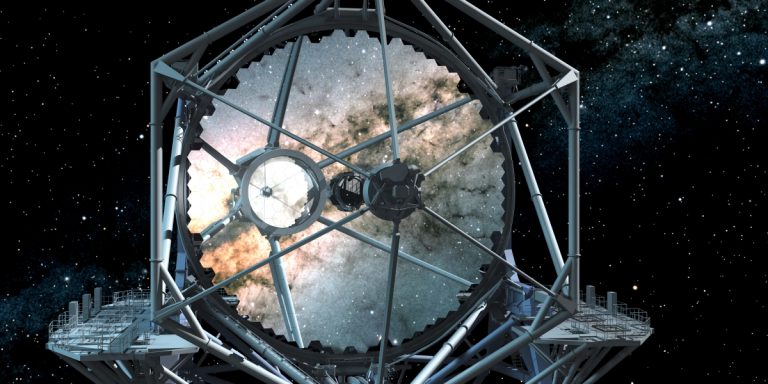
Utilizing spectroscopy, which examines how matter and lightweight work together, astronomers will now start to research the atmospheres of huge, scorching worlds for proof of biosignatures, or indicators of life on different planets.
The second new precedence introduced within the report: in search of to perceive what occurred through the earliest moments of our universe by probing the character of black holes, white dwarfs, and stellar explosions. Via initiatives just like the launch of the Laser Interferometer House Antenna, a proposed area probe that can detect and measure gravitational waves, analysis on this space may assist scientists uncover new physics and sharpen our understanding of astronomical measurements.
The third precedence will attempt to sort out the origins and evolution of galaxies and decide how these astronomical programs are intertwined. Particularly, researchers want to use spectroscopy to research the varied buildings that make up the environments round galaxies.
A new method to plan missions
The committee’s report additionally says NASA ought to create a new program to change the best way initiatives are deliberate and developed.
“As a substitute of recommending and approving missions that can take that a few years,” says González, “what we advocate to NASA is to create a line that we name the Nice Observatories Mission and Expertise Maturation Program that designs and develops expertise for missions earlier than they’re permitted.”
This program would develop applied sciences years upfront of once they can be slated for any area mission and supply early-stage checks and evaluations alongside the best way. Often that course of begins when a mission is really useful, however this program goals to halve the time between suggestion and launch.
Given how a lot money and time it takes to develop a mission idea, the report suggests, a new strategy may assist enhance the variety of large-scale initiatives NASA may work on at one time. Whether or not or not they find yourself flying isn’t a problem, says González. It’s about having the proper sources and assist as early as potential.
The primary mission to enter the new program can be a space-based telescope that can use high-contrast imaging to present new knowledge on exoplanets, consistent with Astro2020’s predominant priorities. Considerably bigger than the Hubble House Telescope, will probably be ready to observe planets which might be fainter than their star by a issue of no less than 10 billion. This can profoundly change the best way astronomers view the identified universe.
Right now, the estimated value for the mission is round $11 billion, and if it’s permitted by NASA, a potential launch isn’t slated till the early 2040s.
On the bottom
For ground-based observatories, the committee’s prime suggestion is to proceed investing within the US Extraordinarily Giant Telescope Program, which is at the moment made up of three parts: the Giant Magellan Telescope in Chile, the Thirty Meter Telescope in Hawaii, and the Nationwide Science Basis’s Nationwide Optical-Infrared Astronomy Analysis Laboratory, based mostly in Arizona.
Astro2020 additionally recommends that the Karl Jansky Very Giant Array and the Very Lengthy Baseline Array get replaced by the Subsequent-Era Very Giant Array, a far more delicate radio observatory, to be constructed by the tip of the last decade.
The report says the success of every of those initiatives is important if the US hopes to preserve its place as a chief in ground-based astronomy.
González says she hopes this yr’s report will lead to new discoveries that attain past the scientific group. “This group is not only astronomers,” she says. “It’s astronomers and the individuals who profit from the astronomy.”